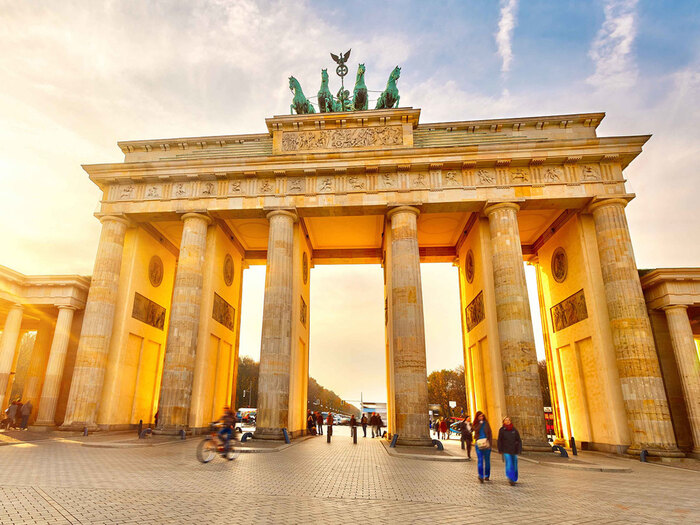Enlarge image
Back to the future:
passers-by in front of the mining museum in Whitehaven, northwest England, where a new coal mine is being planned
Photo: Jon Super / AP
Only two and a half hours by car south of Glasgow, where the next world climate summit begins this Sunday, work is being carried out on a turning point - but in a completely different way than the speeches of the assembled state leaders promised: coal entry instead of coal exit. West Cumbria Mining is planning a new mine in the north-west of England's Whitehaven to extract hard coal under the Irish Sea. It would be the first new mine in several decades. The local authorities approved the project in the spring. The London government asked for further advice. A decision will probably not be made until the end of the year, when the Glasgow summit is over.
West Cumbria Mining insists that the project is in line with climate goals. It will be the first "net zero" mine: CO₂ emissions will be radically reduced, and the rest will be compensated with compensation payments. In addition, it is not about easily replaceable steam coal, but coking coal for steelworks, which will probably be needed for decades if there is not an unexpectedly sudden leap in technology for green steel.
And yet Whitehaven's plans fit in with a trend that clearly contradicts the concern of climate protection: worldwide, more coal is being burned at a rapid pace and, accordingly, more climate-damaging CO₂ is being released. The fossil fuel is so popular that the price rose to a record high by mid-October. Only a radical market intervention by the Chinese planning authority NDRC stopped the rally: On Thursday the office announced that a "reasonable range" of permissible coal prices had been determined with China's mining companies and power plant operators. There is still speculation about the exact amount of the price cap, which, mind you, only binds domestic state-owned companies.
One thing is clear, however: the price cap is fueling the comeback of coal. There is great fear in Beijing that further blackouts will paralyze industry and throw the economy back into recession, or that citizens will freeze in winter from a lack of coal. At the same time as the price freeze, the coal miners had to vow to work at full speed.
The leadership of China also accepts that it is distancing itself from the climate targets it has set itself.
It was recently celebrated for a freeze on investments in new coal projects abroad.
In Germany, it is still a long way from that.
Due to the reduced investments in recent years, today's capacity is lagging behind the rapidly growing demand for coal.
In some cases, the offer was deliberately limited: in order to combat smog, for fewer work accidents in mining, or for geopolitical reasons in order to cut Australia's long-standing import dependency.
In view of the acute energy crisis, all of this is no longer so important.
Coal electricity in Germany with 41 percent plus
China is the number one coal consumer, but by no means alone.
For the USA, the EIA expects electricity generation from coal to grow by 22 percent this year.
The share price of the largest coal company Peabody has quintupled this year - still far below previous highs, but an amazing comeback for a company that has been declared dead several times and a nice windfall profit for the major investor Elliott Capital.
In Germany, according to data from the ISE Fraunhofer Institute, hard coal and lignite supplied 35.1 terawatt hours of electricity in the third quarter, compared with 29.3 terawatt hours in the same period of the previous year.
In September the increase accelerated to 41 percent.
If electricity production from renewables and nuclear power does not meet demand, the two fossil fuels, natural gas and coal, are essentially in competition with one another.
The switch from coal-fired to gas-fired power plants in recent years has contributed significantly to the decline in CO2 emissions, because natural gas contains considerably less of the climate-damaging gas.
But now this change is backwards again, driven primarily by the price of natural gas, which is rising many times faster than the price of coal.
ak / Reuters



/cloudfront-eu-central-1.images.arcpublishing.com/prisa/DOOQ2YEAZJCSNITR6TA2ARDQT4.jpg)







